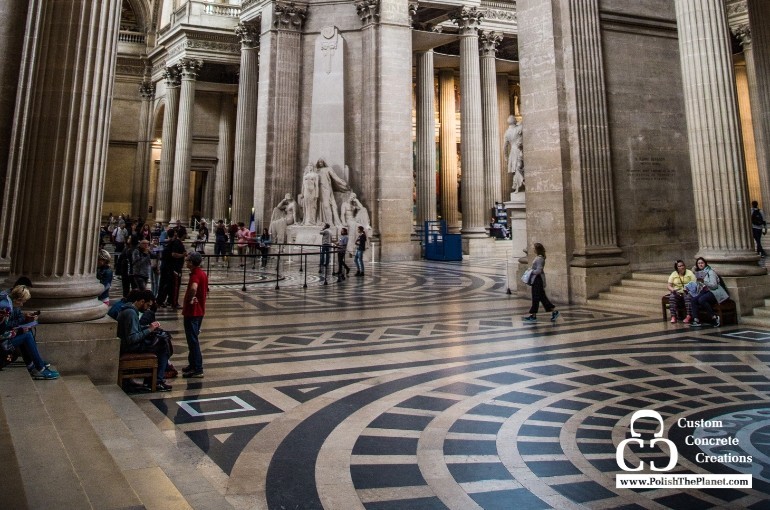
Concrete is one of the most widely used materials in the world today, forming the backbone of our cities, homes and infrastructure. However, its history stretches back thousands of years to ancient civilizations that first discovered its extraordinary strength and versatility. From the towering monuments of Ancient Rome to today’s polished concrete floors by Custom Concrete Omaha, this material has played a pivotal role in shaping the built environment!
The origins of concrete
The earliest use of concrete-like materials can be traced back to ancient Egypt around 3000 BC. Egyptians constructed simple structures using a primitive form of concrete made from mud, straw and gypsum. Later, they advanced to using limestone and gypsum in mortars to build the iconic pyramids.
Around 1300 BC, the Greeks and later the Minoans used lime mortars in their construction projects, laying the groundwork for the development of concrete as we know it today. However, it wasn’t until the rise of the Roman Empire that concrete truly came into its own.
Roman concrete
The Romans are credited with revolutionizing concrete, transforming it from a rudimentary building material into an advanced substance that helped build an empire. Around 600 BC, Roman engineers discovered that by adding volcanic ash—called pozzolana—to lime and water, they could create a much stronger and more durable form of concrete. This discovery allowed them to build structures of unprecedented scale and complexity.
Roman concrete was a critical factor in constructing some of the ancient world’s most famous structures, many of which still stand today. The Pantheon, completed around 126 AD, is a testament to Roman ingenuity, boasting the world’s largest unreinforced concrete dome. The Colosseum and aqueducts, critical to Roman infrastructure, also relied on concrete’s durability and versatility.
The Romans also developed innovative techniques for working with concrete, including using formwork to shape the material and layering different aggregates to increase strength. Their contributions laid the foundation for modern concrete construction methods.
The decline and rediscovery of concrete
Following the fall of the Roman Empire, the art of making concrete was largely forgotten in Europe for several centuries. While the material continued to be used in some forms in the Byzantine Empire and parts of the Middle East, it wasn’t until the 18th century that concrete made a significant comeback.
In 1756, British engineer John Smeaton rediscovered the benefits of using hydraulic lime (lime that sets with water), which he used to rebuild the Eddystone Lighthouse. This marked the beginning of concrete’s revival in Europe.
The modern version of concrete as we know it began to take shape in 1824 when Englishman Joseph Aspdin patented Portland cement, which remains a crucial component of modern concrete mixtures.
Concrete in today’s world
In the 20th century, concrete became the world's most widely used building material thanks to its versatility, strength and cost-effectiveness. New developments such as reinforced concrete, including steel bars for added strength, allowed architects and engineers to create more complex structures, including skyscrapers, bridges, and highways.
Today, concrete is not only used for industrial and structural purposes but also for interior design. Polished concrete floors are now a popular choice in homes, offices, and commercial spaces due to their sleek appearance, durability, and low maintenance. Polished concrete offers a modern aesthetic that combines the material’s ancient roots with contemporary design trends!
The development of polished concrete floors
While concrete has been used for thousands of years, polished concrete floors are a relatively recent innovation, gaining popularity in the late 20th century. The polished concrete technique was developed to enhance traditional concrete's aesthetics while retaining its durability and low maintenance qualities.
Polished concrete floors are created through a multi-step process involving grinding the concrete surface with diamond-tipped abrasives, progressively refining the surface to achieve a smooth, glossy finish. This technique not only enhances the visual appeal of the concrete but also increases its strength by densifying the surface, making it more resistant to stains, moisture, and wear.
Contact Custom Concrete Omaha
From the monumental structures of Ancient Rome to the modern skyscrapers and polished floors of today, concrete has been a fundamental part of human civilization for millennia. Contact us today to learn more about our services and discuss your Custom Concrete Omaha project!
